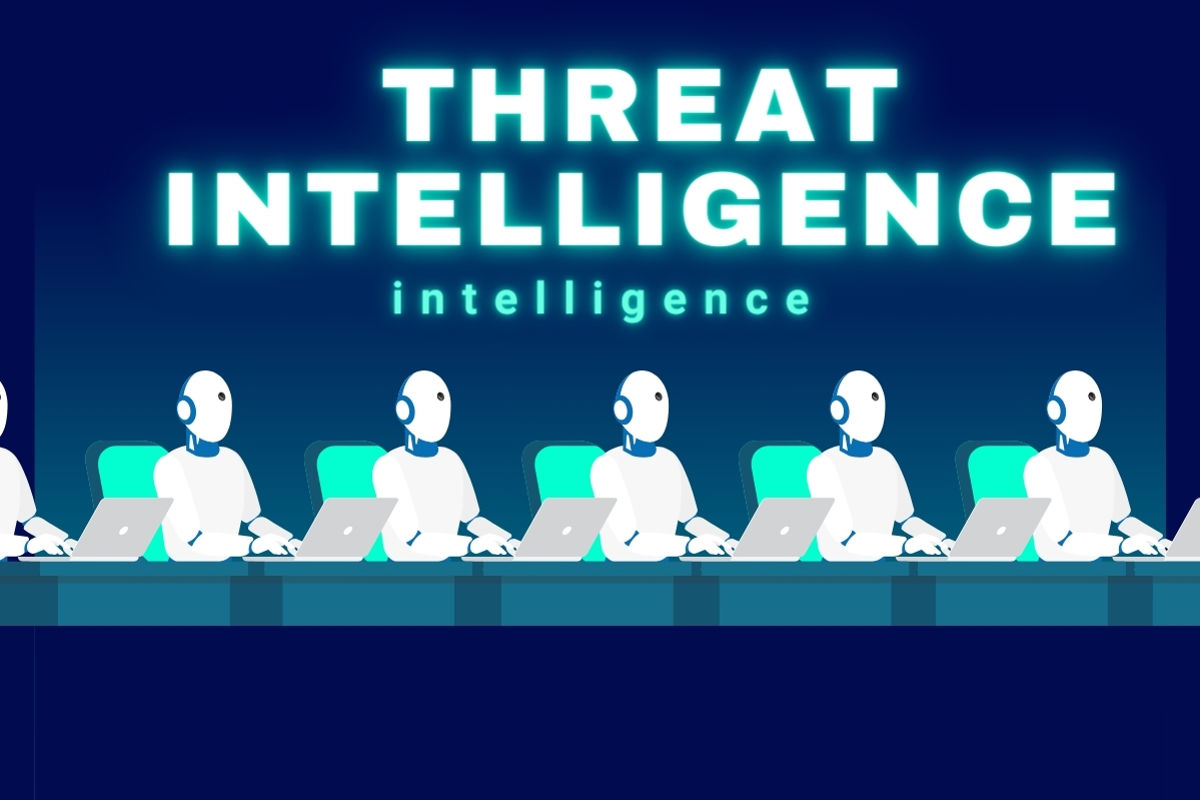
Forgot About Feedback: The Missing Link in the Threat Intelligence Lifecycle
Understanding the Threat Intelligence Lifecycle
A key model for implementing and maintaining a robust threat intelligence program is the threat intelligence lifecycle—a continuous and iterative process with multiple stages. Depending on the source, these stages may vary slightly but typically encompass:
- Planning
- Collection
- Processing
- Analysis
- Dissemination
- Feedback
Each stage presents its own challenges, but one is often overlooked—the feedback stage. Surprisingly, this omission is not necessarily the fault of the practitioner.
The Overlooked Feedback Stage
The threat intelligence lifecycle is intended to be a cycle, yet many programs end at dissemination. In reality, the feedback stage is crucial for ensuring intelligence remains relevant and actionable.
As noted in Mastering Cyber Intelligence by Jean Nestor Dahj M., the feedback stage serves as “a bridge between dissemination and the initial phases.” Stakeholders must assess the intelligence products they receive and determine whether they fulfill their needs.
Once collected, feedback should inform the next planning and direction phase, refining intelligence collection sources and processes accordingly.
Why the Feedback Stage Gets Overlooked
Many threat intelligence practitioners understand the importance of feedback, yet it is frequently missing from their workflow. Why?
- Lack of dedicated roles: In smaller teams, an intelligence manager or collections manager may be absent, leaving no one to own the feedback process.
- Immature CTI programs: Many organizations see Cyber Threat Intelligence (CTI) as an advanced function, and a lack of funding, tools, or processes can lead to incomplete implementations.
- Stakeholder disengagement: Without structured feedback mechanisms, stakeholders may overlook their role in refining intelligence efforts.
Benefits of an Effective Feedback Process
1. Eliminates Wasted Resources & Enhances Relevance
CTI teams dedicate extensive hours to collecting, processing, and analyzing data. Without feedback, they risk creating intelligence that doesn’t fully meet stakeholder needs. By fostering communication, organizations ensure that reports are targeted, relevant, and impactful—rather than a wasted effort.
2. Identifies Gaps in the Intelligence Cycle
Feedback isn’t just about assessing the final product—it can reveal weaknesses in earlier stages like collection or analysis. For example:
- Stakeholders may highlight gaps in threat actor intelligence, suggesting missing malware types or attack vectors.
- Intelligence reports might be informational rather than actionable, signaling a need to refine planning and directive-setting.
3. Strengthens Stakeholder Engagement
When stakeholders receive intelligence without an invitation for input, they may become passive consumers. Encouraging feedback fosters engagement, making them active participants in shaping the intelligence process.
By incorporating stakeholder feedback, CTI teams build trust and investment, similar to how tech companies strengthen user loyalty by integrating customer-driven improvements into their platforms.
How to Implement a Strong Feedback Loop
Embedding the feedback stage into the intelligence lifecycle requires effort but is achievable with the right approach. Below are strategies to encourage stakeholder participation and improve feedback mechanisms.
1. Offer Multiple Feedback Channels
Different stakeholders prefer different communication methods. Consider:
- Google Forms or Surveys: Simple yet effective for gathering structured responses.
- Checkbox Fields in Reports: Quick feedback mechanism within intelligence briefs.
- Dedicated Forums or Slack Channels: Encourage real-time discussions on intelligence effectiveness.
- 1:1 Interviews: Valuable for in-depth feedback and relationship-building.
2. Highlight the Value of Feedback
Encourage participation by demonstrating how previous feedback led to tangible improvements. Providing examples within intelligence reports or meetings reassures stakeholders that their input matters.
3. Leverage Internal “Champions”
Identify highly engaged stakeholders who can act as liaisons between the intelligence team and their departments. These champions help promote feedback culture and encourage broader participation.
4. Conduct Feedback Training
Some stakeholders may be willing to provide input but unsure how to articulate valuable feedback. Offer short training sessions to guide them in delivering actionable insights.
Conclusion
The feedback stage is the missing piece in many threat intelligence programs—but it doesn’t have to be. By integrating a structured approach to feedback, organizations can enhance intelligence effectiveness, eliminate inefficiencies, and foster stronger stakeholder engagement.
Don’t let the cycle break. A well-implemented feedback loop can turn your CTI program into a powerhouse of actionable intelligence for your organization.
Remembering the often overlooked feedback stage could help your threat intelligence program become a powerhouse for your organization.
Stay Updated with Cyber News Live
For more insights on cybersecurity, threat intelligence, and emerging threats, follow Cyber News Live and stay ahead of the curve.

